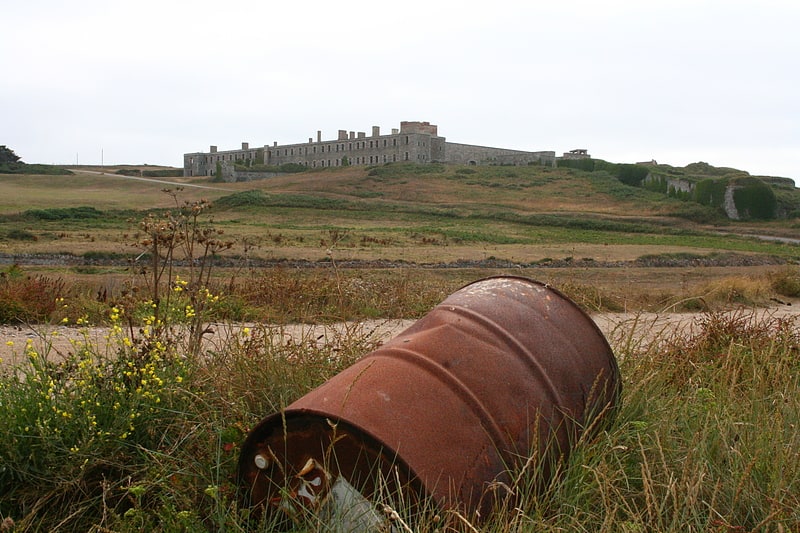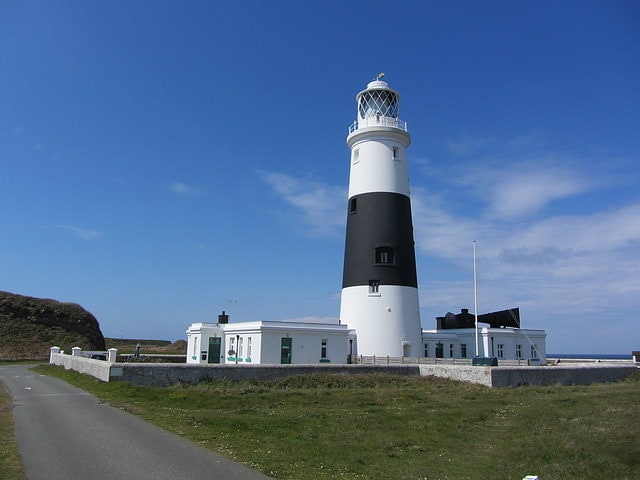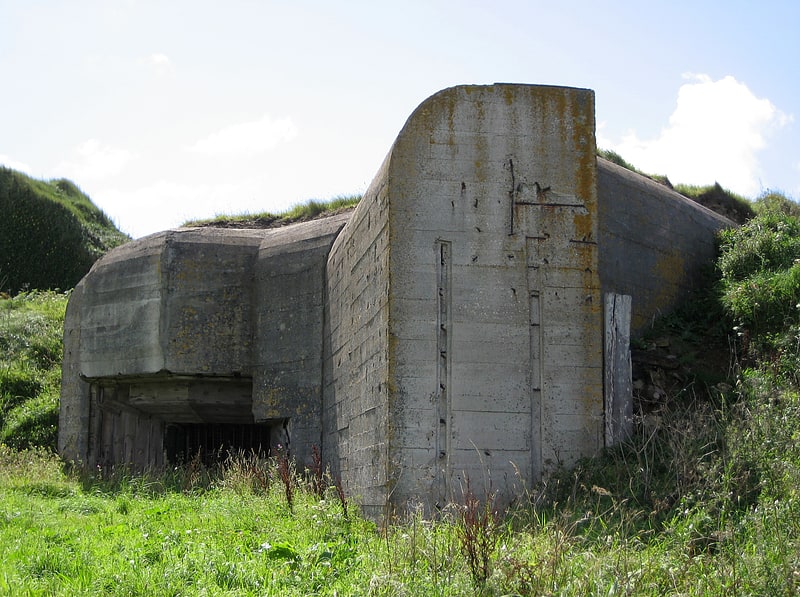Discover 4 hidden attractions, cool sights, and unusual things to do in Alderney (United Kingdom). Don't miss out on these must-see attractions: Fort Tourgis, Alderney Lighthouse, and Fort Clonque. Also, be sure to include Alderney Concentration Camps in your itinerary.
Below, you can find the list of the most amazing places you should visit in Alderney (Alderney).
Table of Contents
Fort Tourgis

Fortress in Saint Anne, Guernsey. Fort Tourgis is an extensive fortification in Alderney to the north west of St Anne forming part of the Fortifications of Alderney.
Fort Tourgis, completed in 1855, was designed to accommodate 346 men and was originally to be the largest of Alderney's Victorian forts. It was also designed to mount 33 heavy cannon in five batteries together with four 13-inch mortars. Fort Albert, begun a year later in 1856, was to become the island's largest and most heavily armed fort, but even today Tourgis remains a very impressive structure.
Alderney's Victorian forts were designed to defend the island and its harbour, which was planned to accommodate a British fleet to respond to French naval power in the Channel. From 1860, advances in weapons, particularly the rise of rifled ordnance, and ironclad ship design, made the island's 18 forts and batteries, and the new harbour, increasingly obsolete. However several forts, including Tourgis, were later armed with more modern gun designs. In 1886 the island's defences consisted of 124 guns, mortars and howitzers; by 1893 only Fort Albert and Roselle Battery were armed, with Fort Grosnez having two practice guns manned by the Alderney Militia. By 1908 only Fort Albert with the two newly installed six-inch guns (1901) and Roselle Battery, with its two 12-pounder QF guns, defended the island.
From July 1940, after Alderney and the other Channel Islands had been occupied by the Germans, the defences were designed both to protect the sea route from Cherbourg to St Malo, and to resist potential British assault to recapture the only part of the British Isles to be occupied by Germany. Fort Tourgis became Stutzpunkt Türkenburg, or Strongpoint Turk's CastleFort Tourgis has a Citadel containing the barrack block, main magazine and other facilities, together with two small gun batteries, one facing west (three guns) and one east (two guns) in the Redan – see plan. The fort's main armament was located in three major batteries facing seawards. The batteries are separated from each other, and from the Citadel, by ditches and drawbridges.
Following extensive clearance and conservation work, co-ordinated by the Living Islands project, with volunteers supported by the States Works department, part of the northern defences of Fort Tourgis is now open to the public. Cambridge Battery (No.2) is an excellent example of how the original Victorian fortifications were adapted by German forces in the Second World War, when Alderney became one of the most heavily fortified sections of Hitler's Atlantic Wall.[1]
Alderney Lighthouse

Lighthouse in Saint Anne, Bailiwick of Guernsey. The Alderney Lighthouse is a stone lighthouse built on the North-East coast of the island of Alderney. It was constructed in 1912 to protect shipping from the dangerous waters of the Alderney Race and the numerous rocks surrounding Alderney.[2]
Fort Clonque

Historical place in the Bailiwick of Guernsey. Fort Clonque is a 19th-century coastal fortress in Alderney, in the Bailiwick of Guernsey in the Channel Islands. It was constructed at a time when French naval power was becoming an increasing concern to the British. It is built on a rocky outcrop of land joined to the island by a causeway that can be submerged at high tide. It was manned by fifty men and fortified with up to ten guns, mostly 68-pounders; however, none was ever fired in anger.
Scenes from the film Seagulls Over Sorrento were shot at Fort Clonque in 1953.
The fort fell into disuse before being rescued by the Landmark Trust in 1966; it now provides comfortable self-catering accommodation for up to thirteen people.[3]
Address: Clonque Bay, GY9 3US Alderney
Alderney Concentration Camps

The Alderney camps were prison camps built and operated by Nazi Germany during its World War II occupation of the Channel Islands. The Channel Islands were the only part of the British Isles to be occupied.[4]